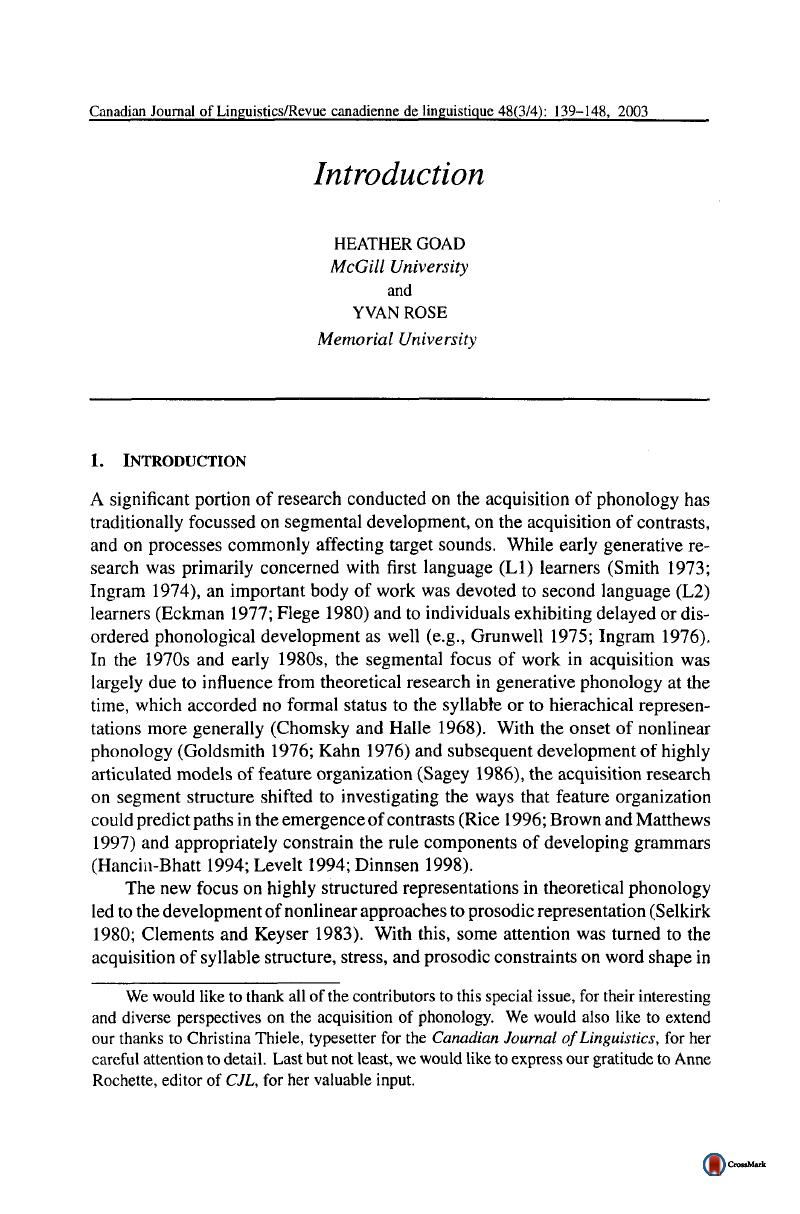Crossref Citations
This article has been cited by the following publications. This list is generated based on data provided by Crossref.
Demuth, Katherine
2018.
Perception, production, and individual differences.
Applied Psycholinguistics,
Vol. 39,
Issue. 4,
p.
735.
MILLASSEAU, Julien
BRUGGEMAN, Laurence
YUEN, Ivan
and
DEMUTH, Katherine
2023.
The production of /s/-stop clusters by pre-schoolers with hearing loss.
Journal of Child Language,
Vol. 50,
Issue. 5,
p.
1274.



